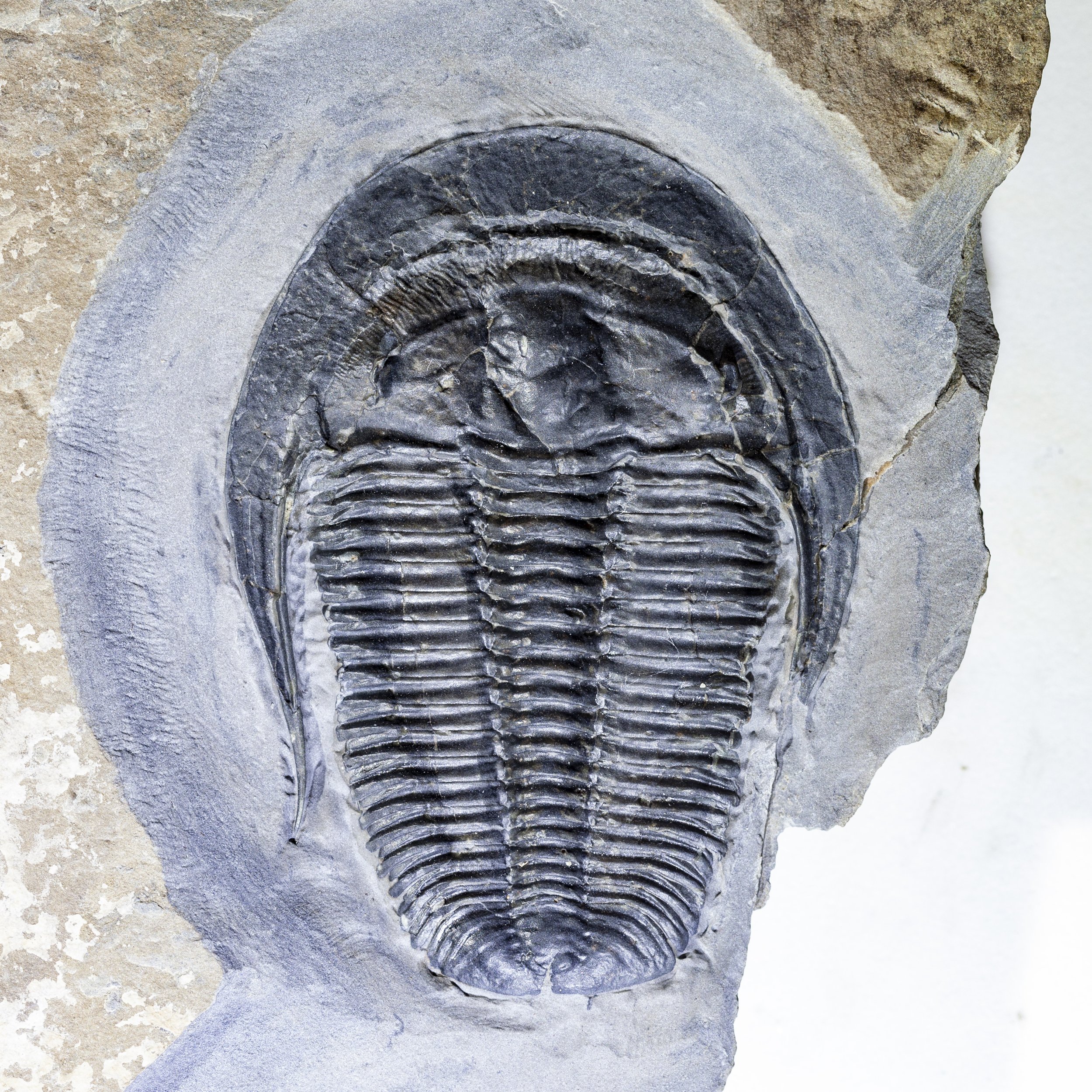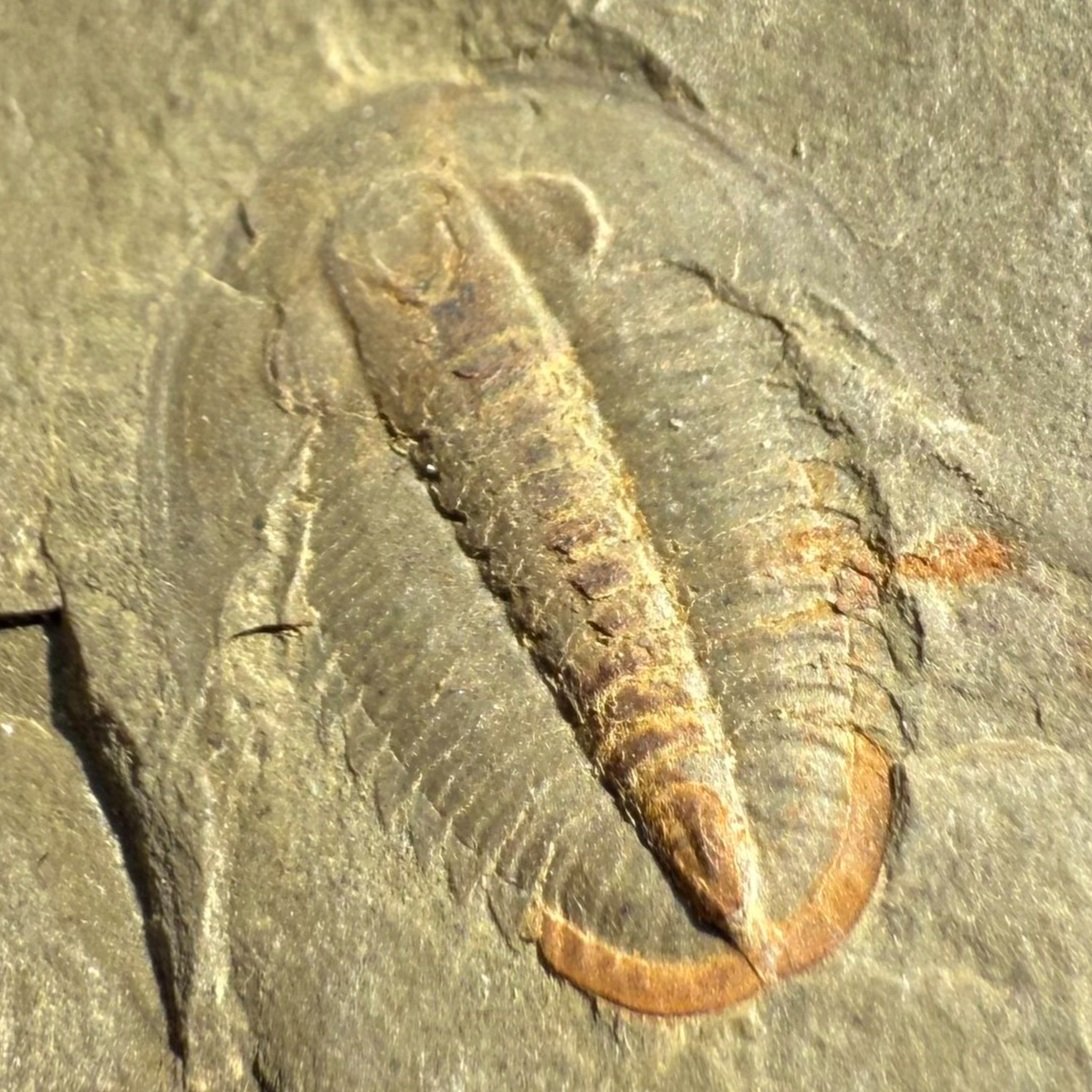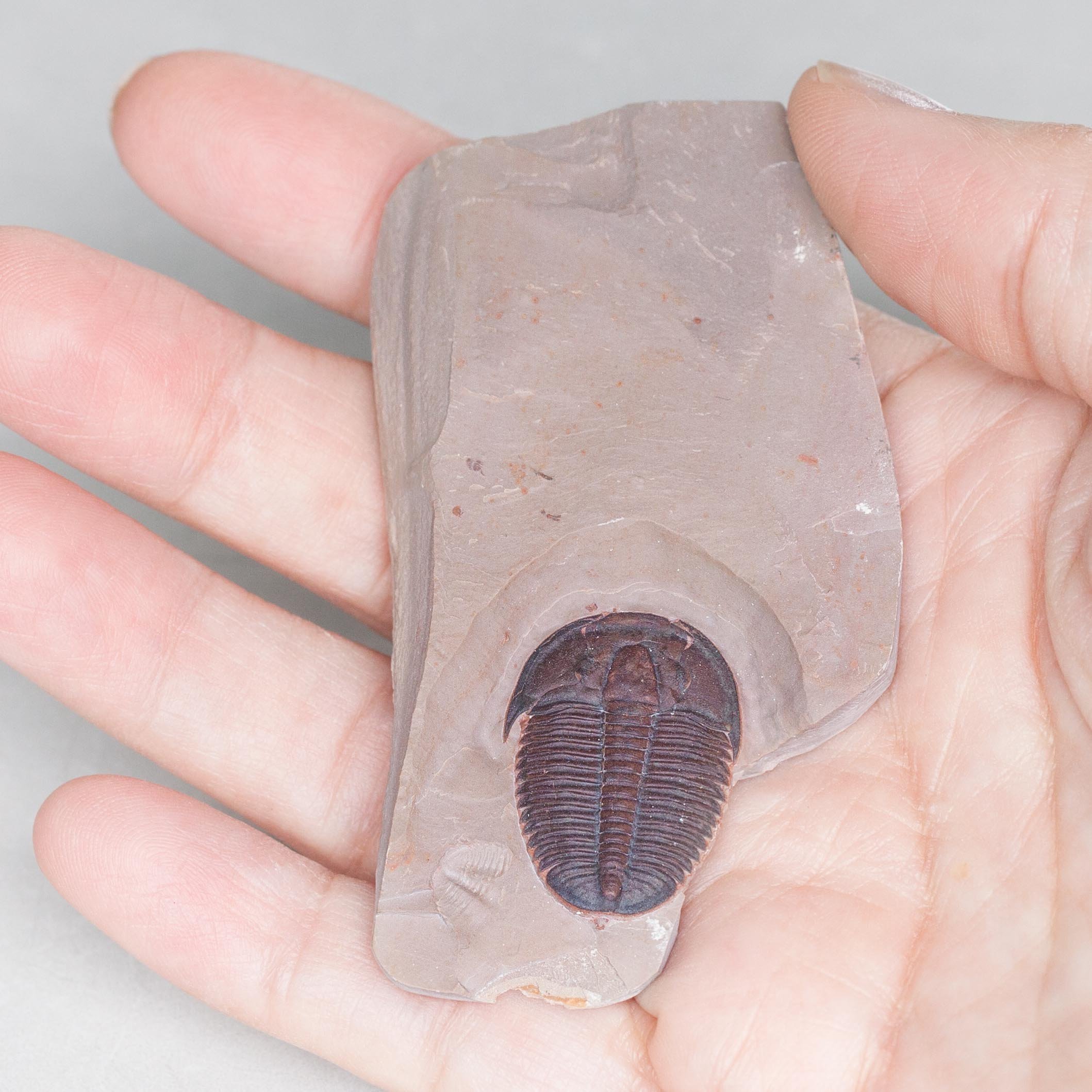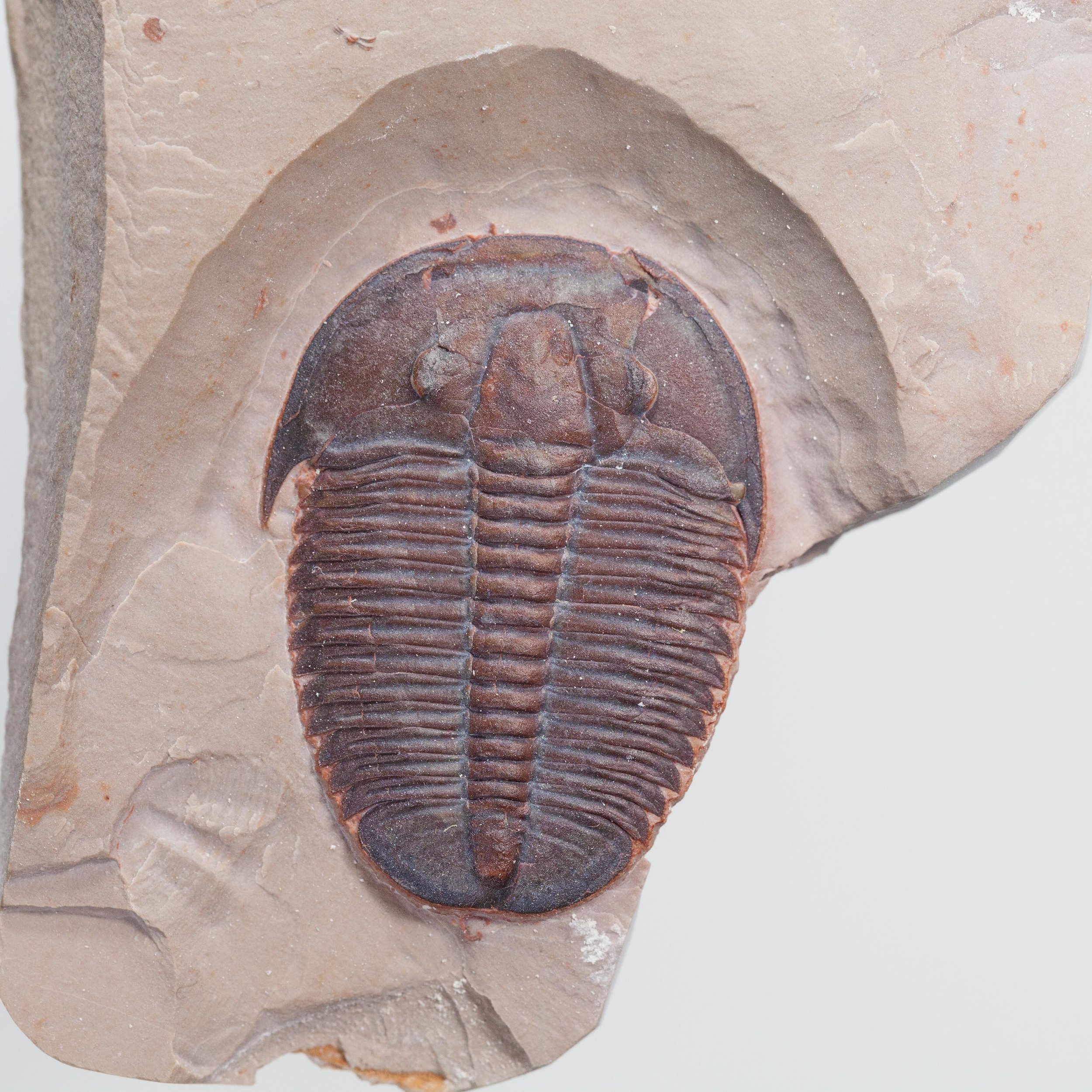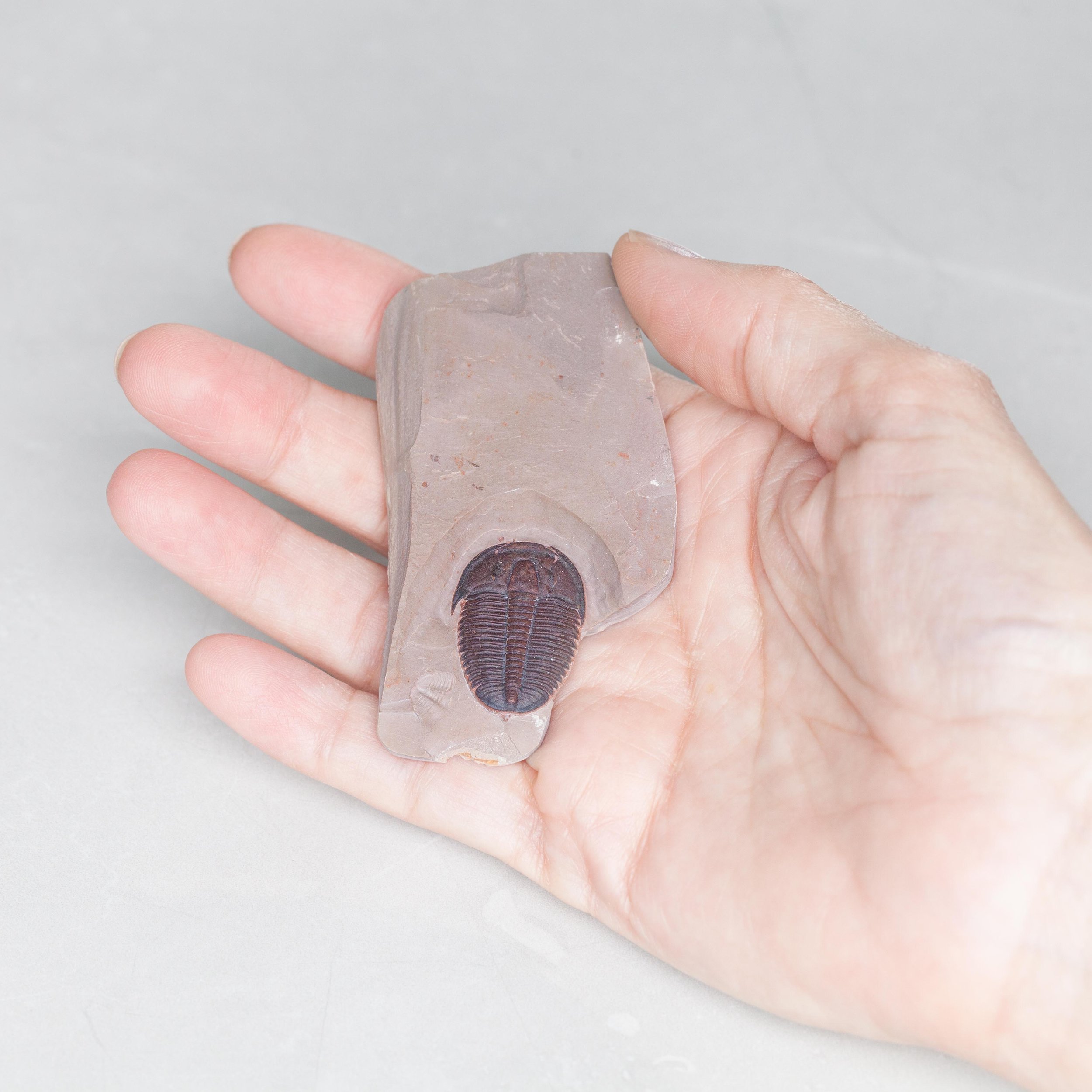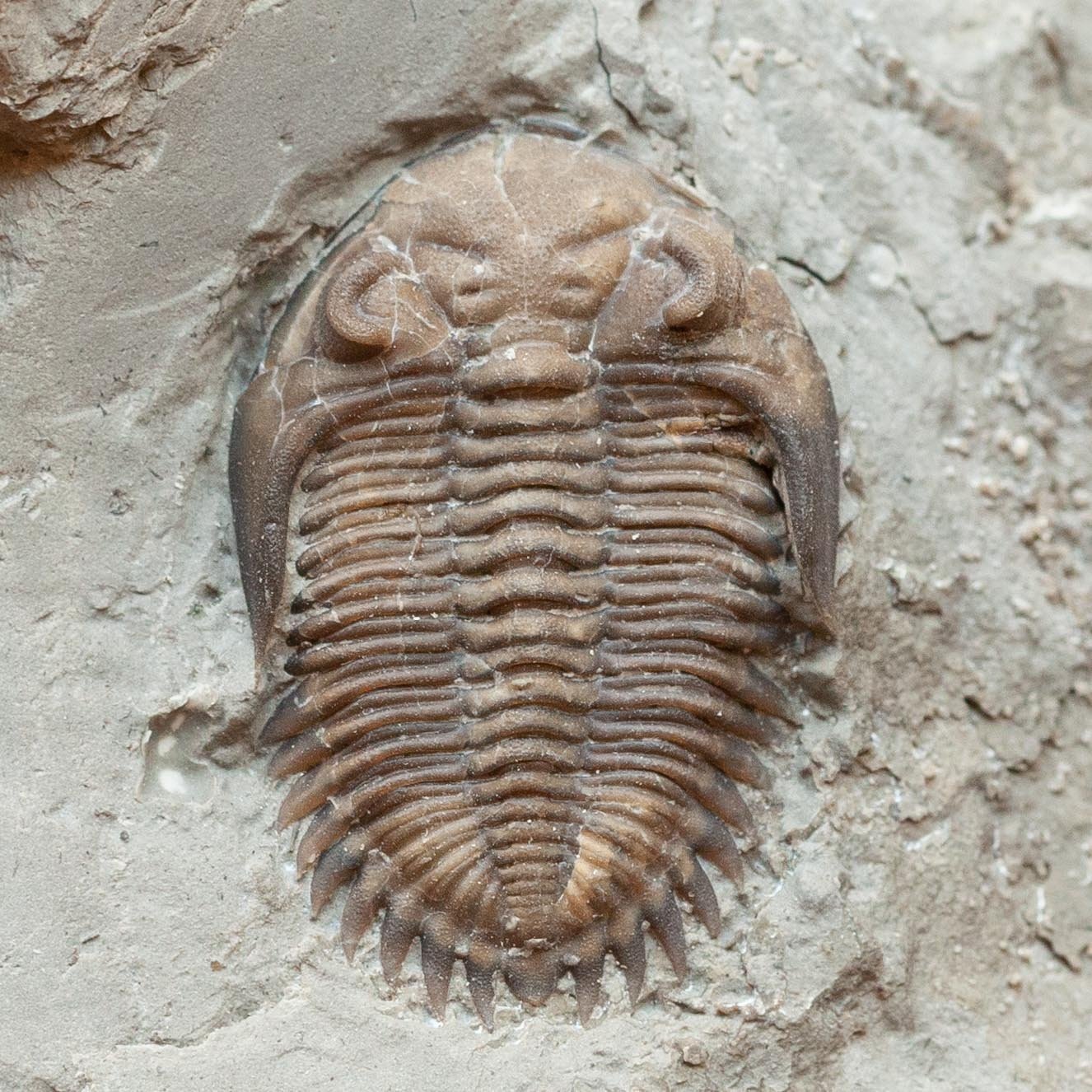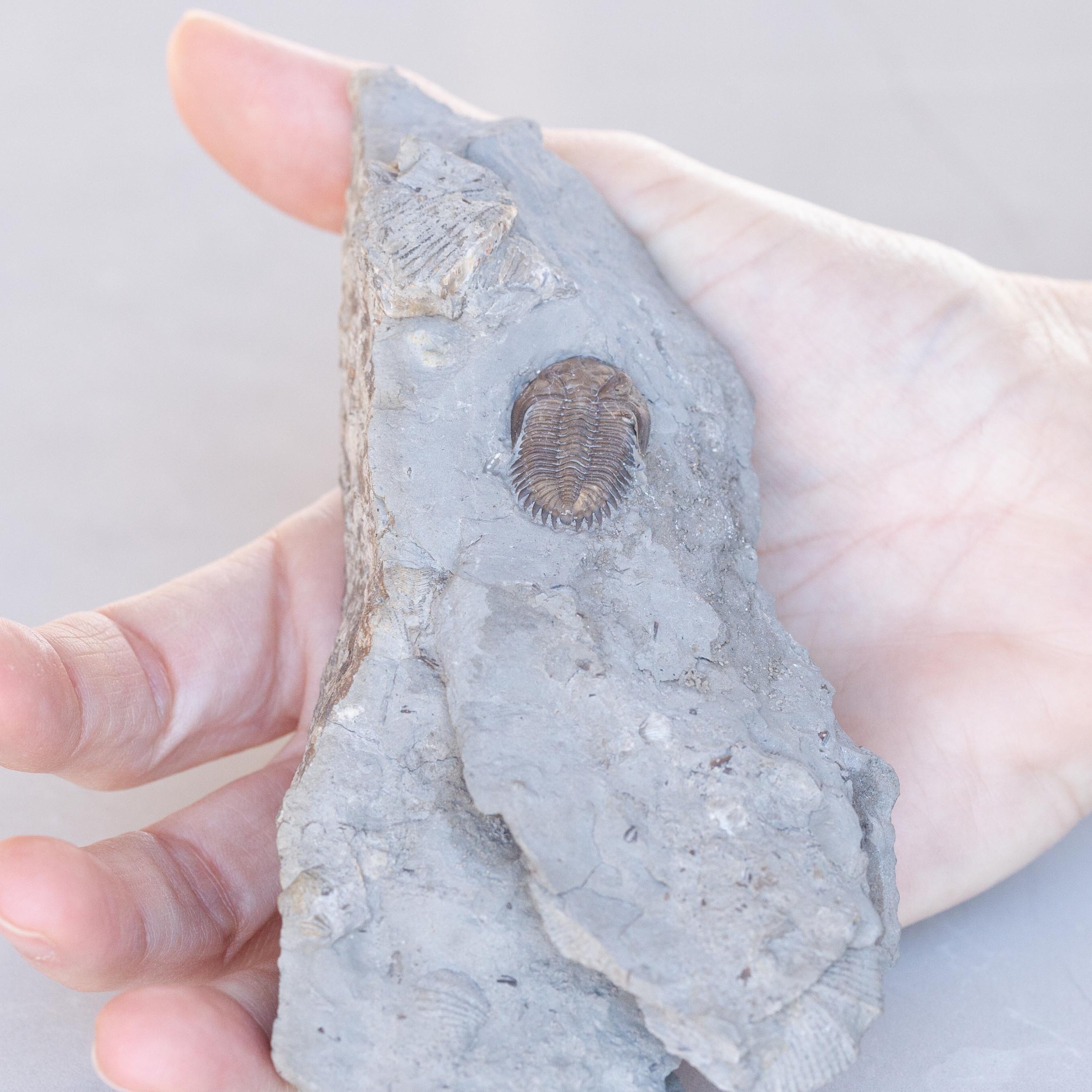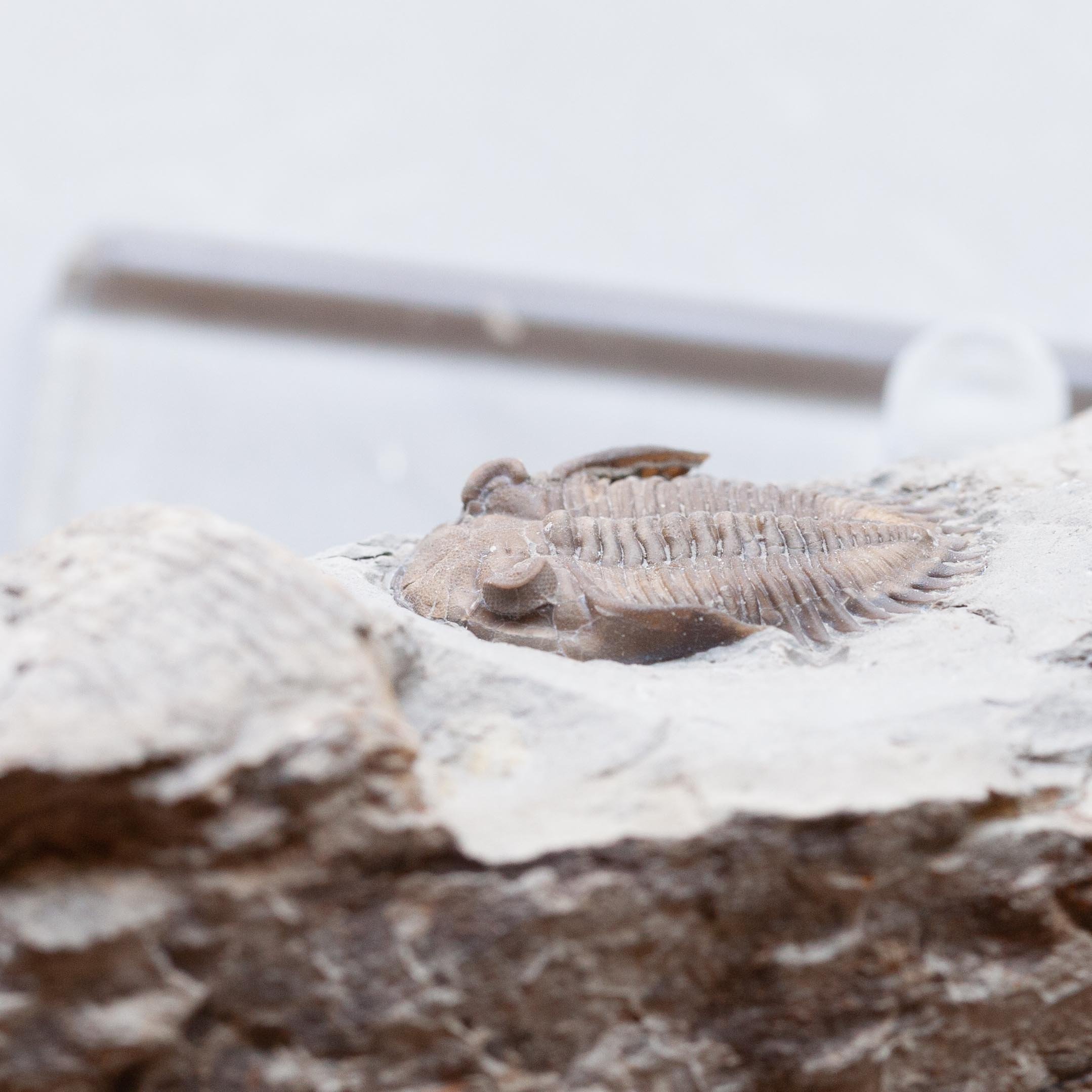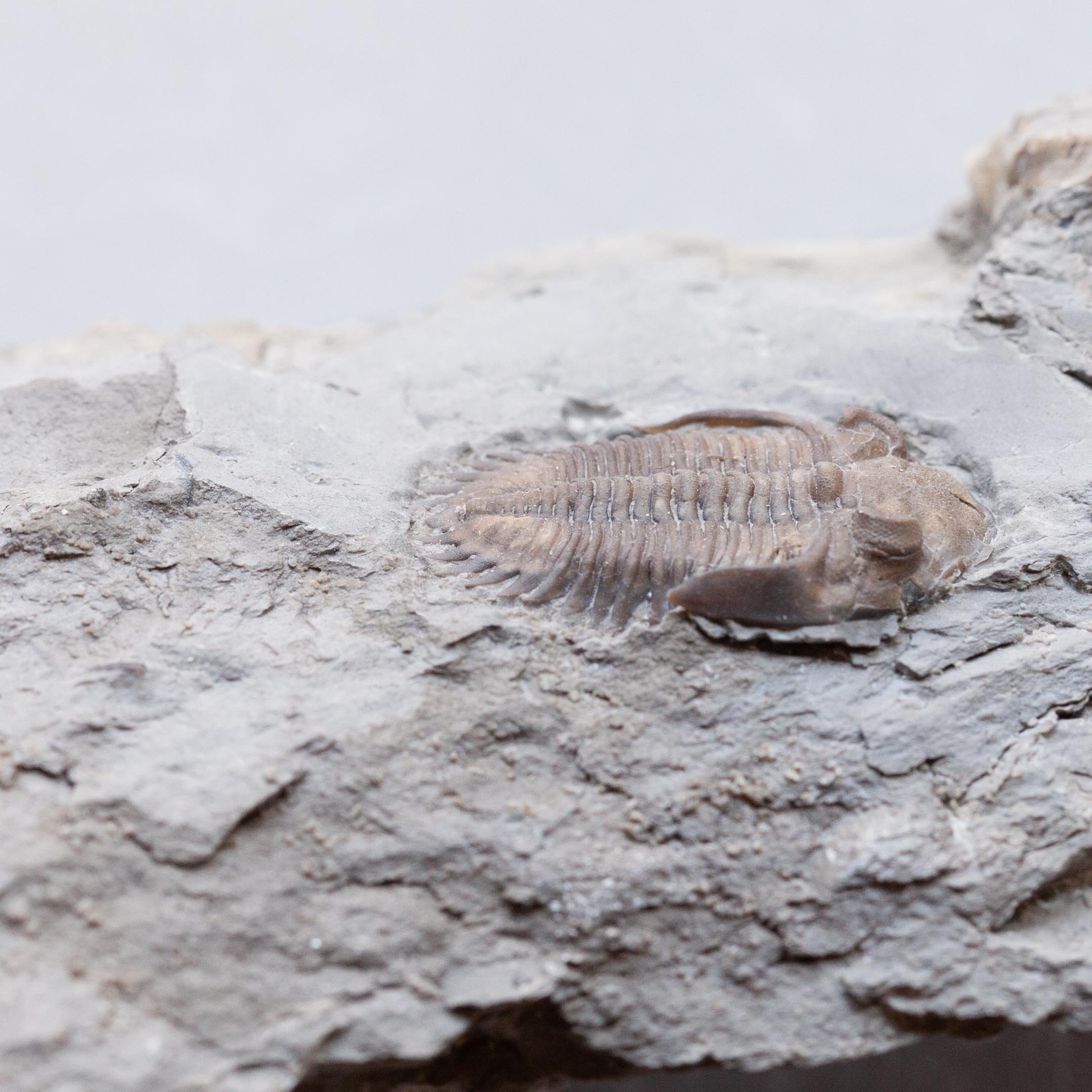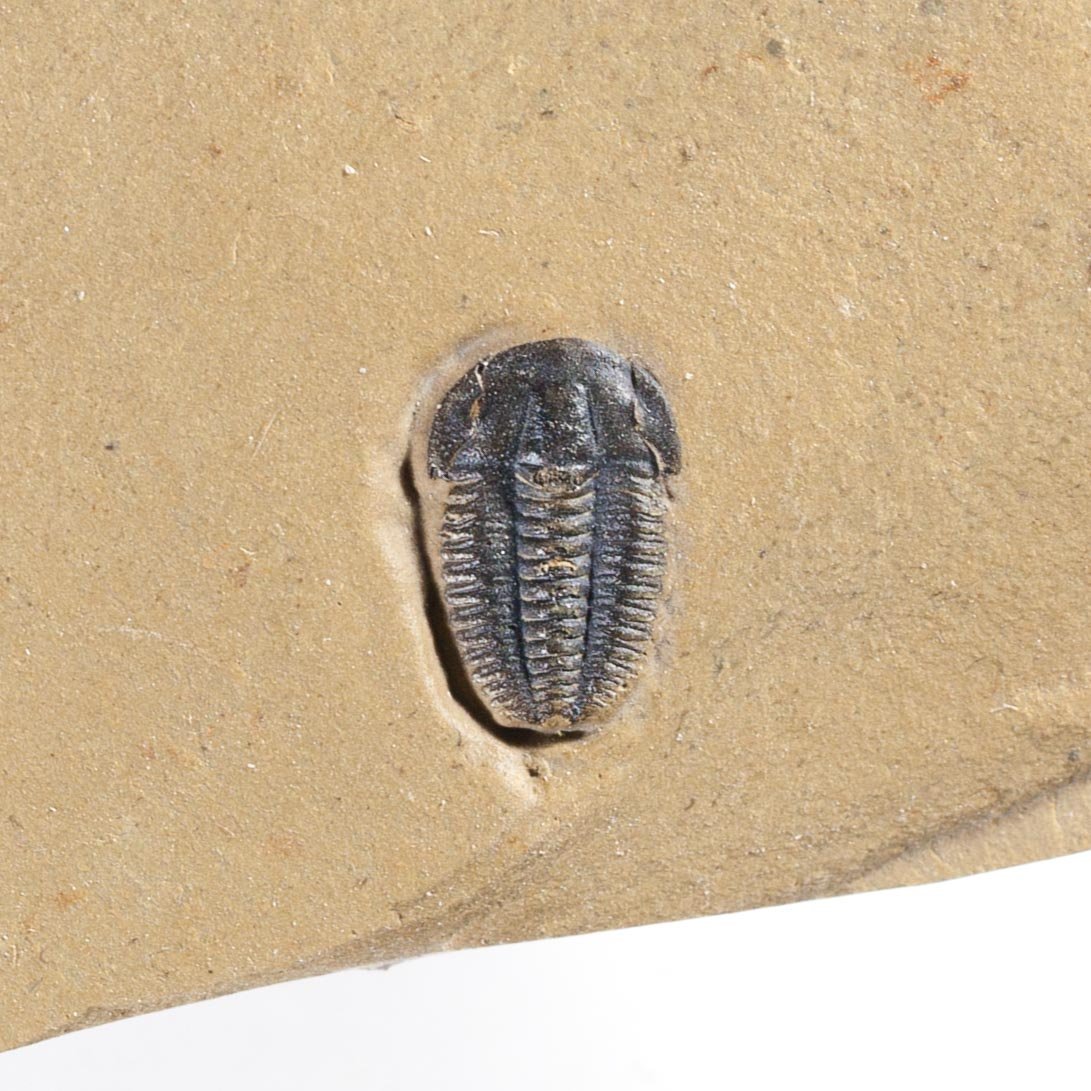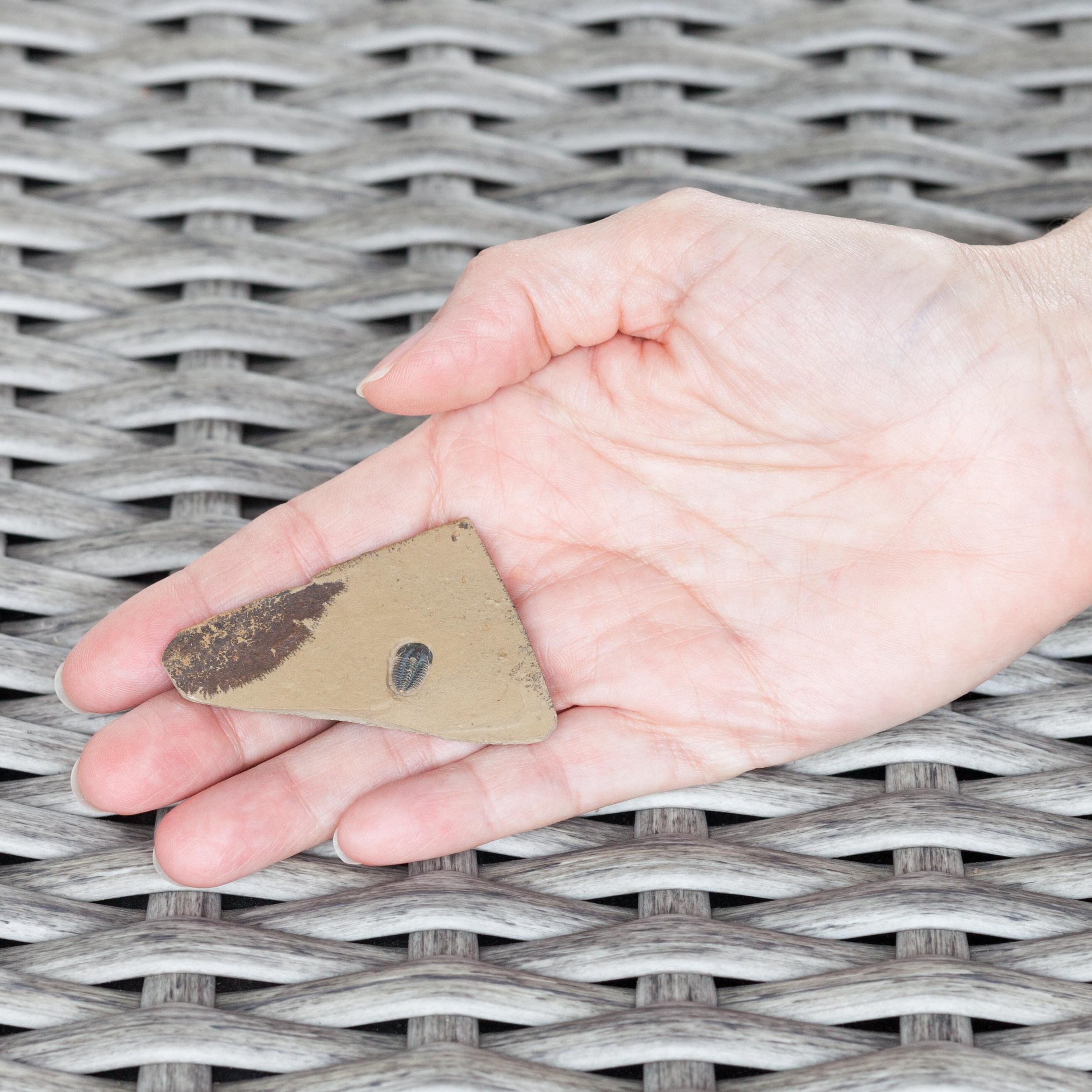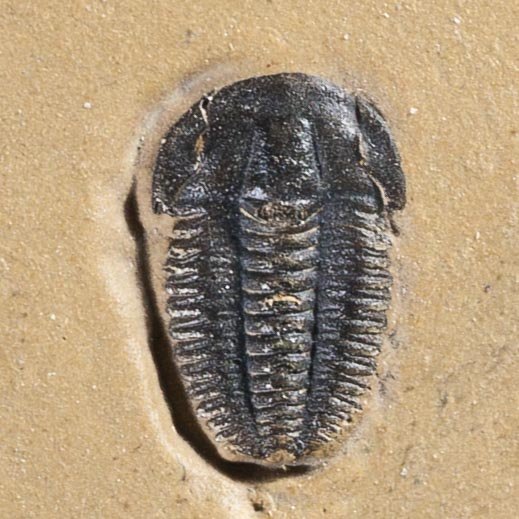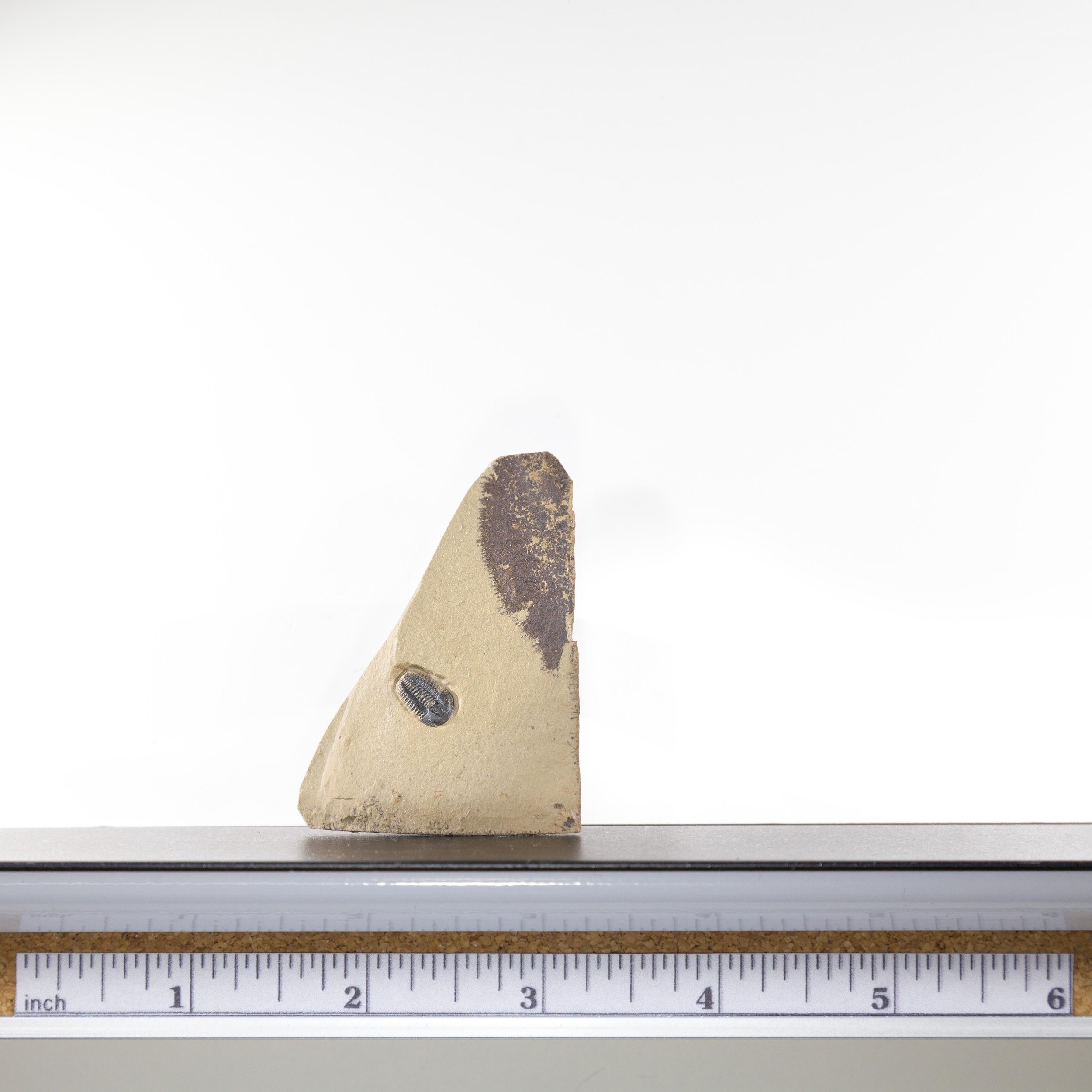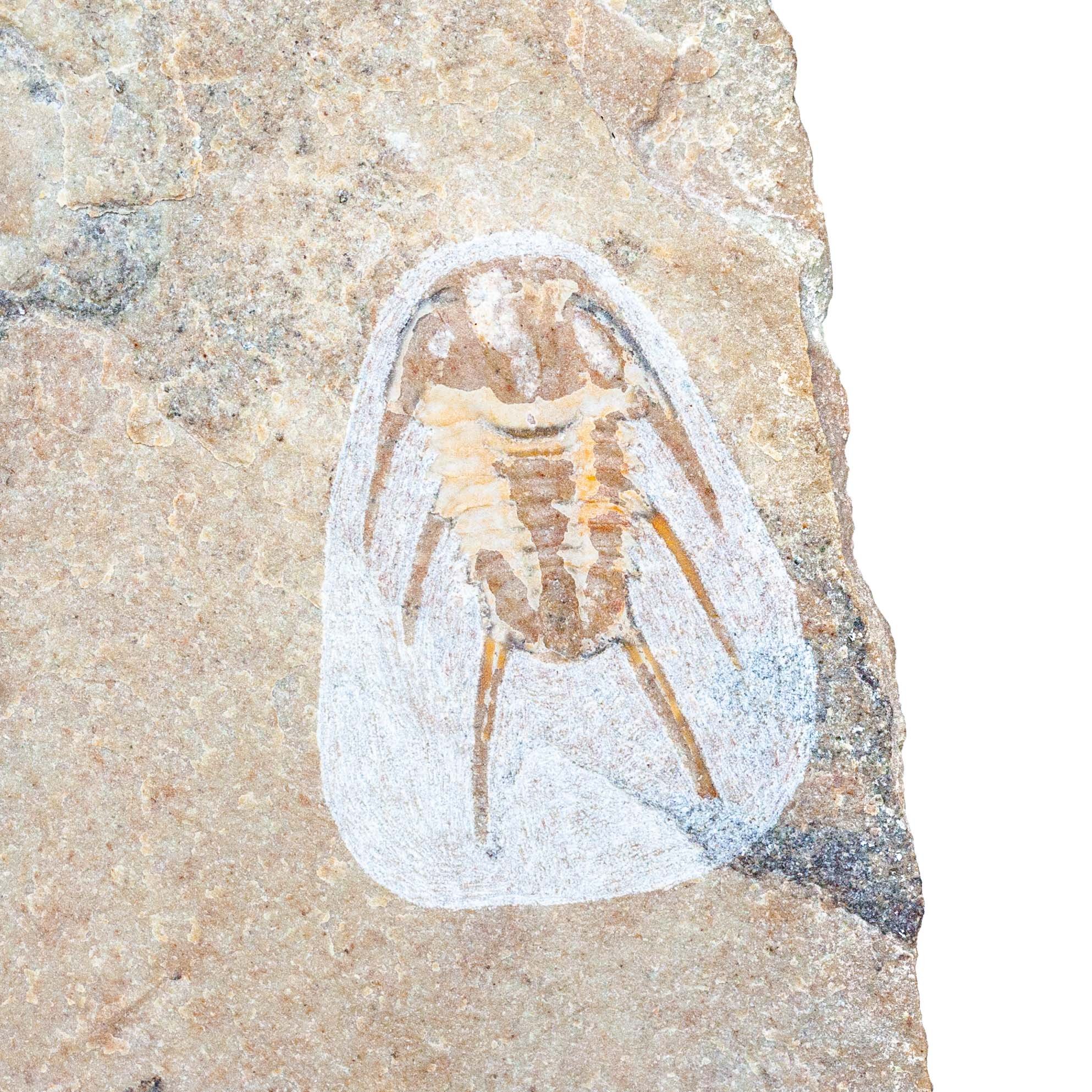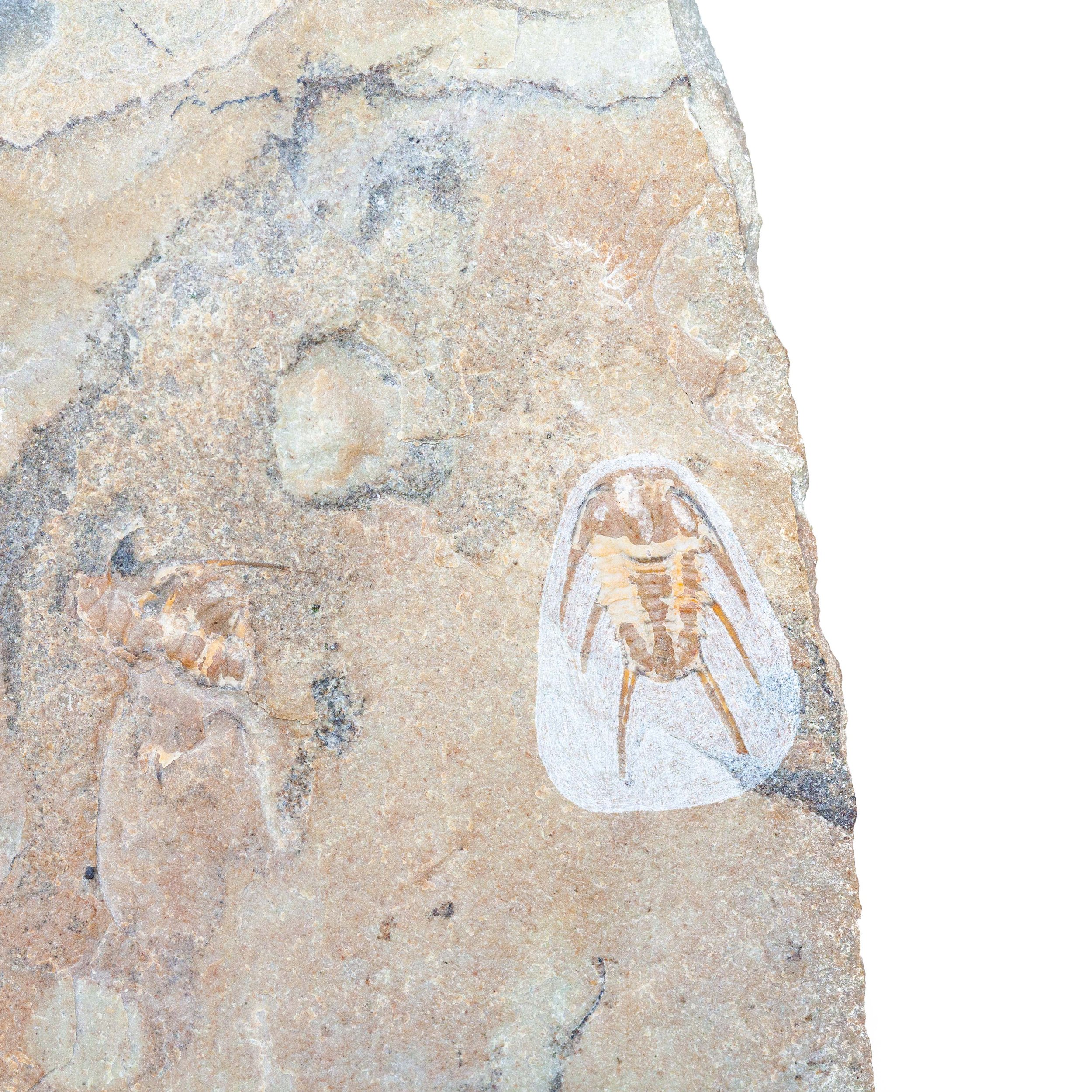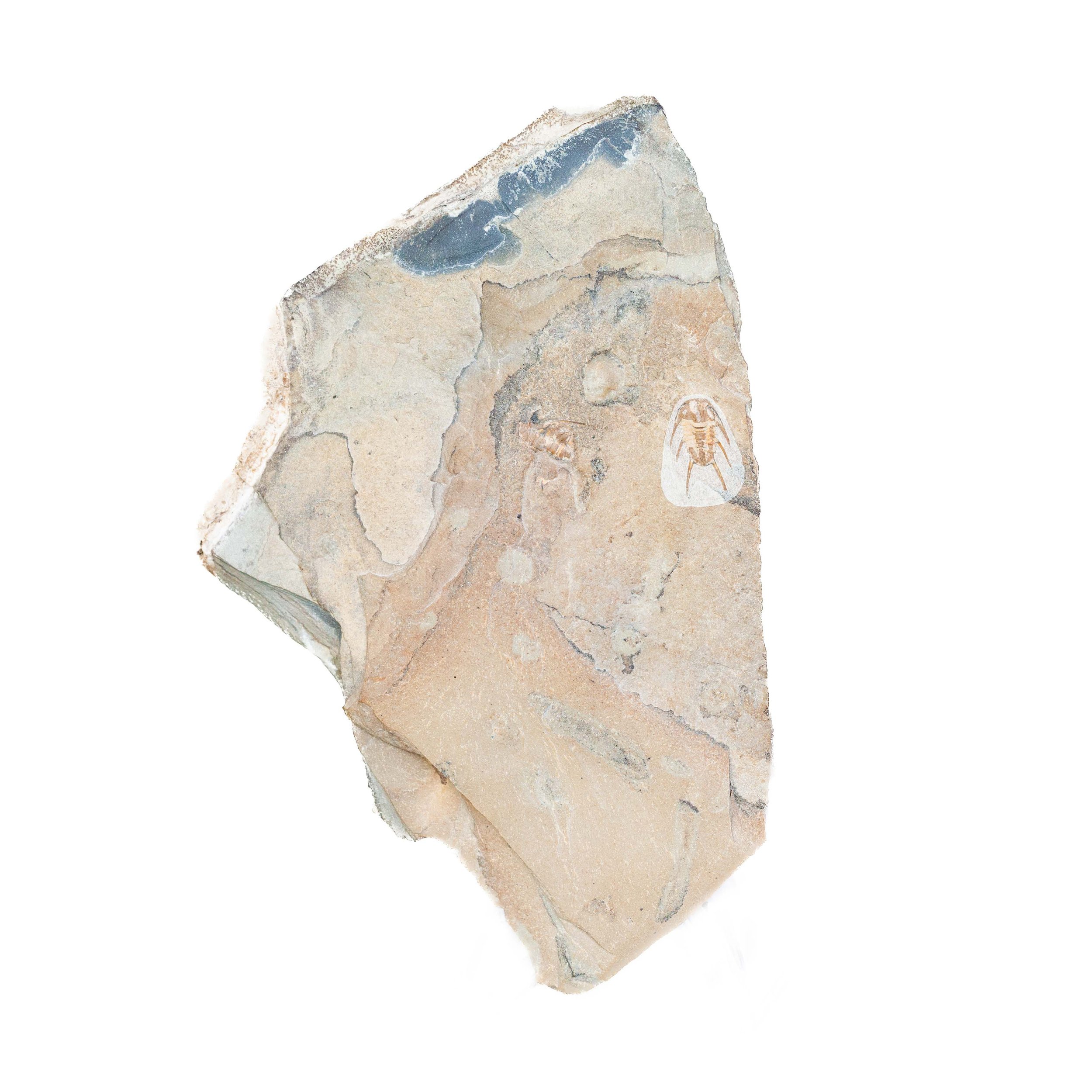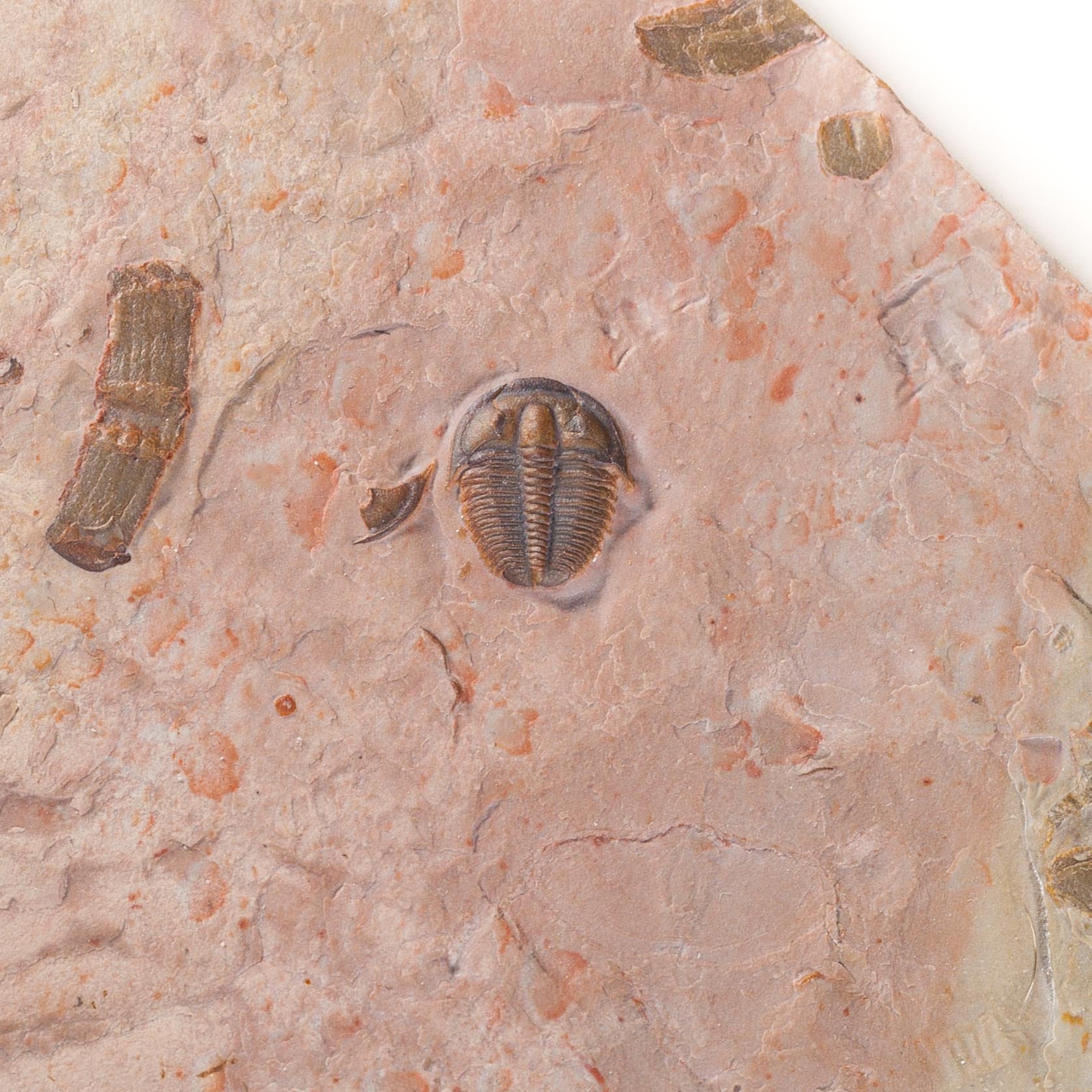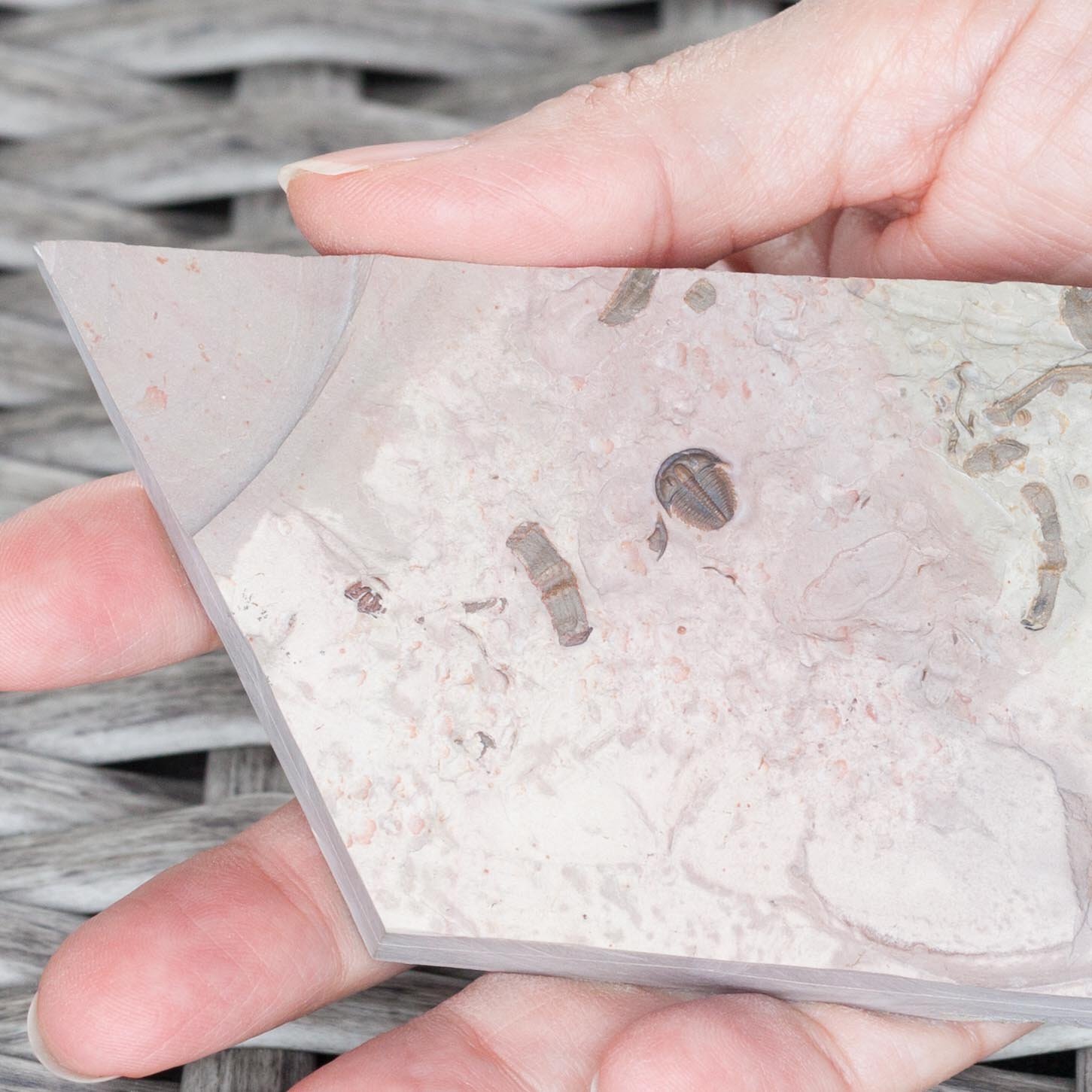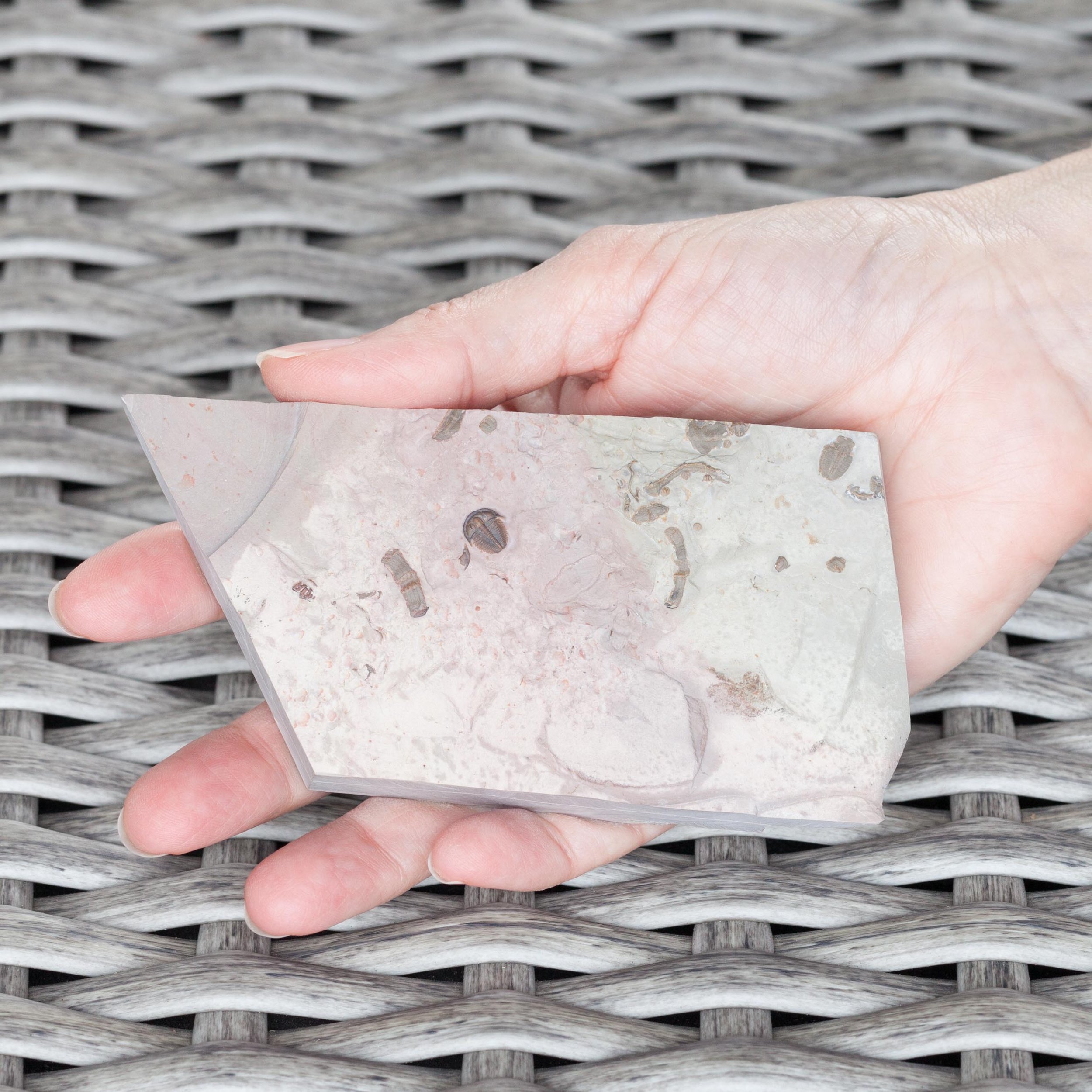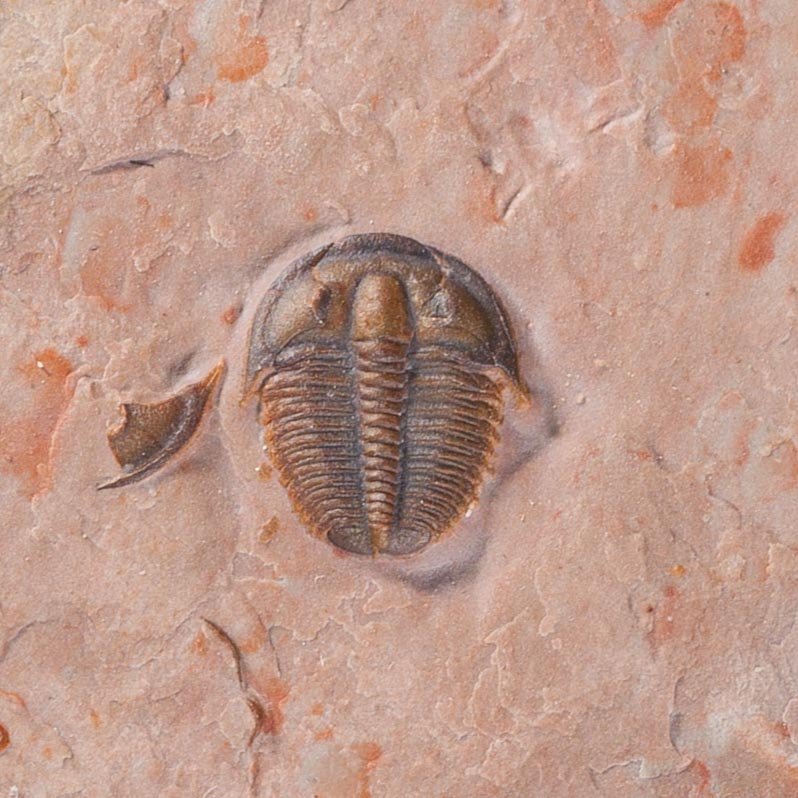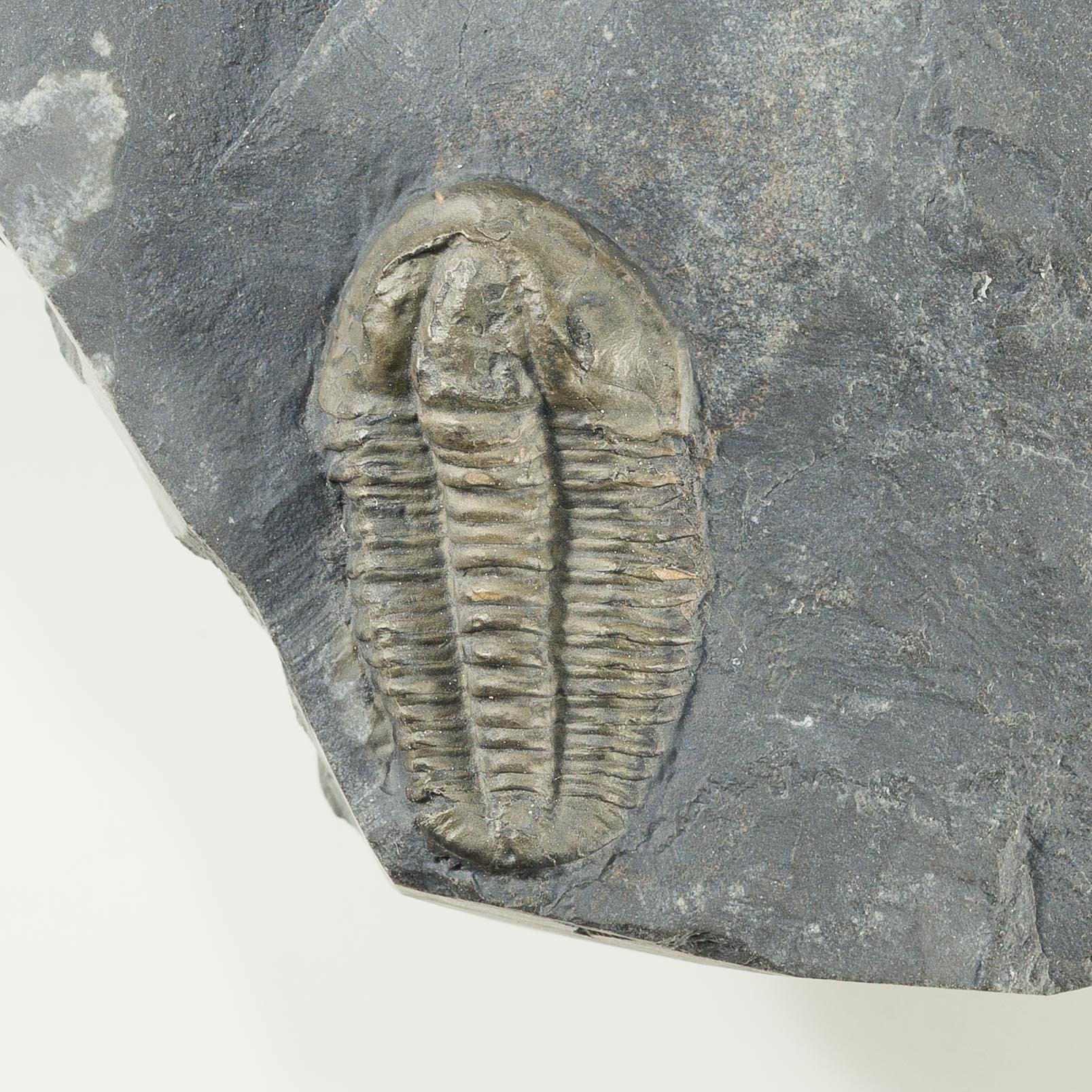 Image 1 of 7
Image 1 of 7

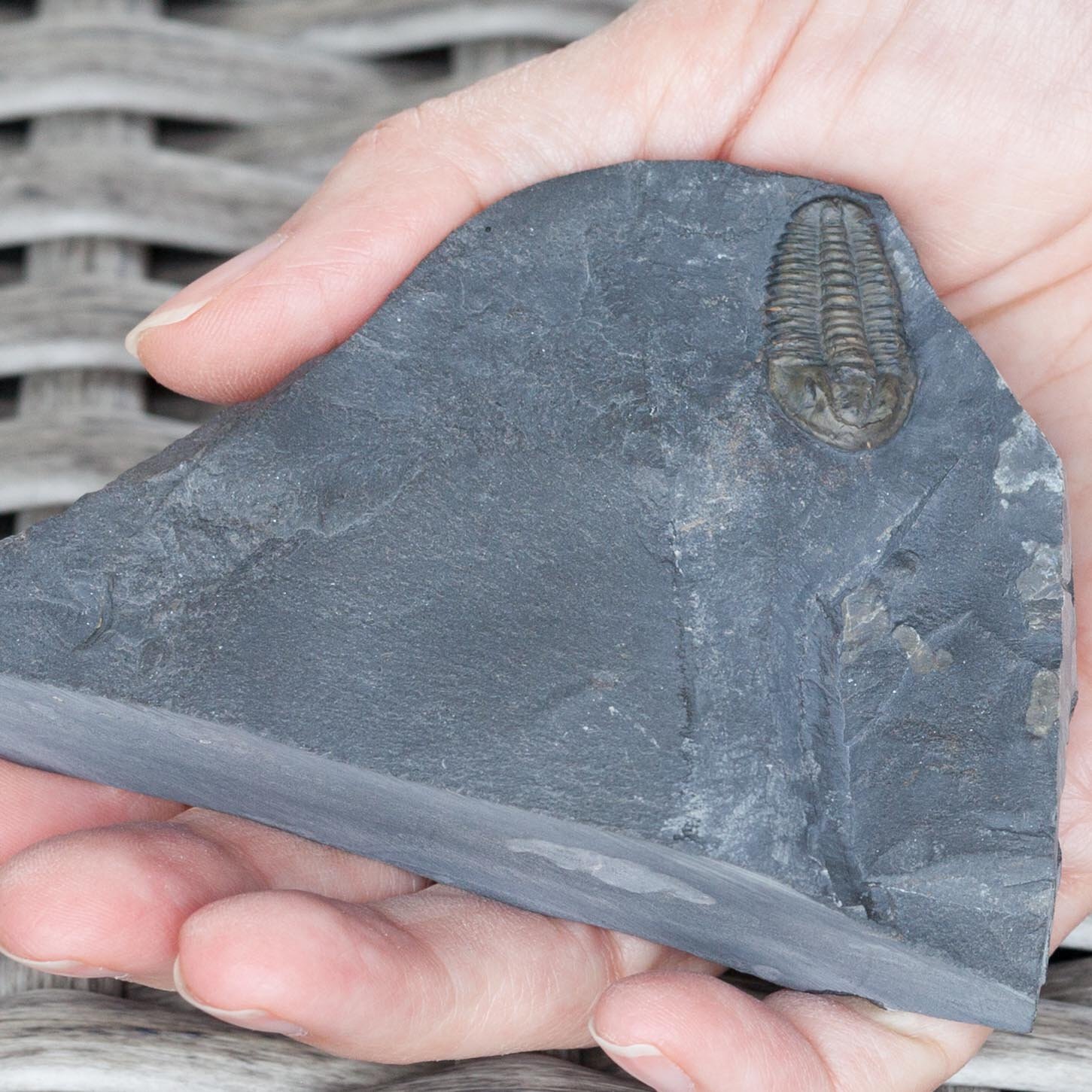 Image 2 of 7
Image 2 of 7

 Image 3 of 7
Image 3 of 7

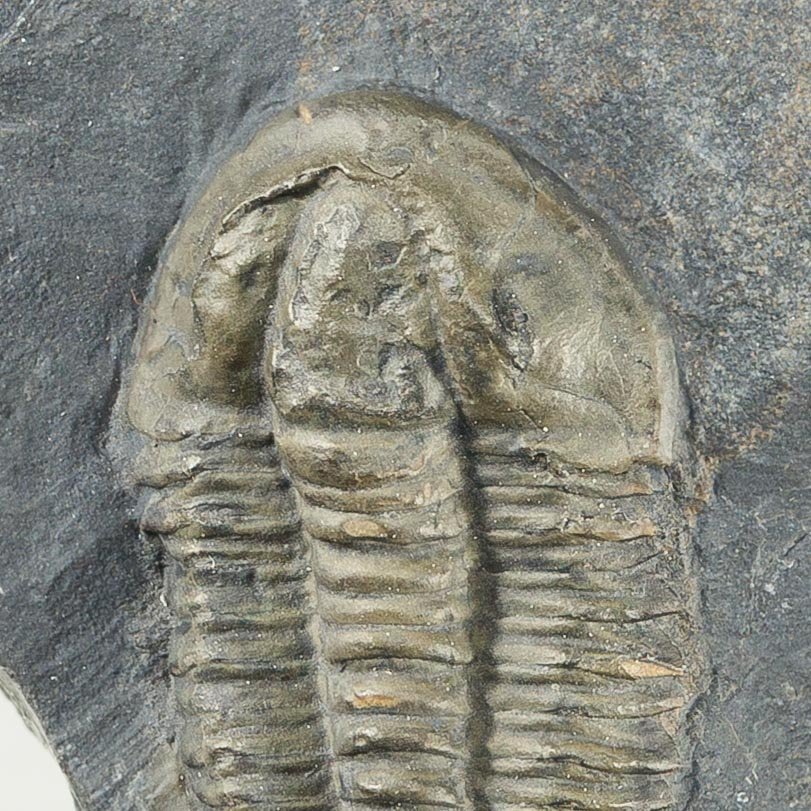 Image 4 of 7
Image 4 of 7

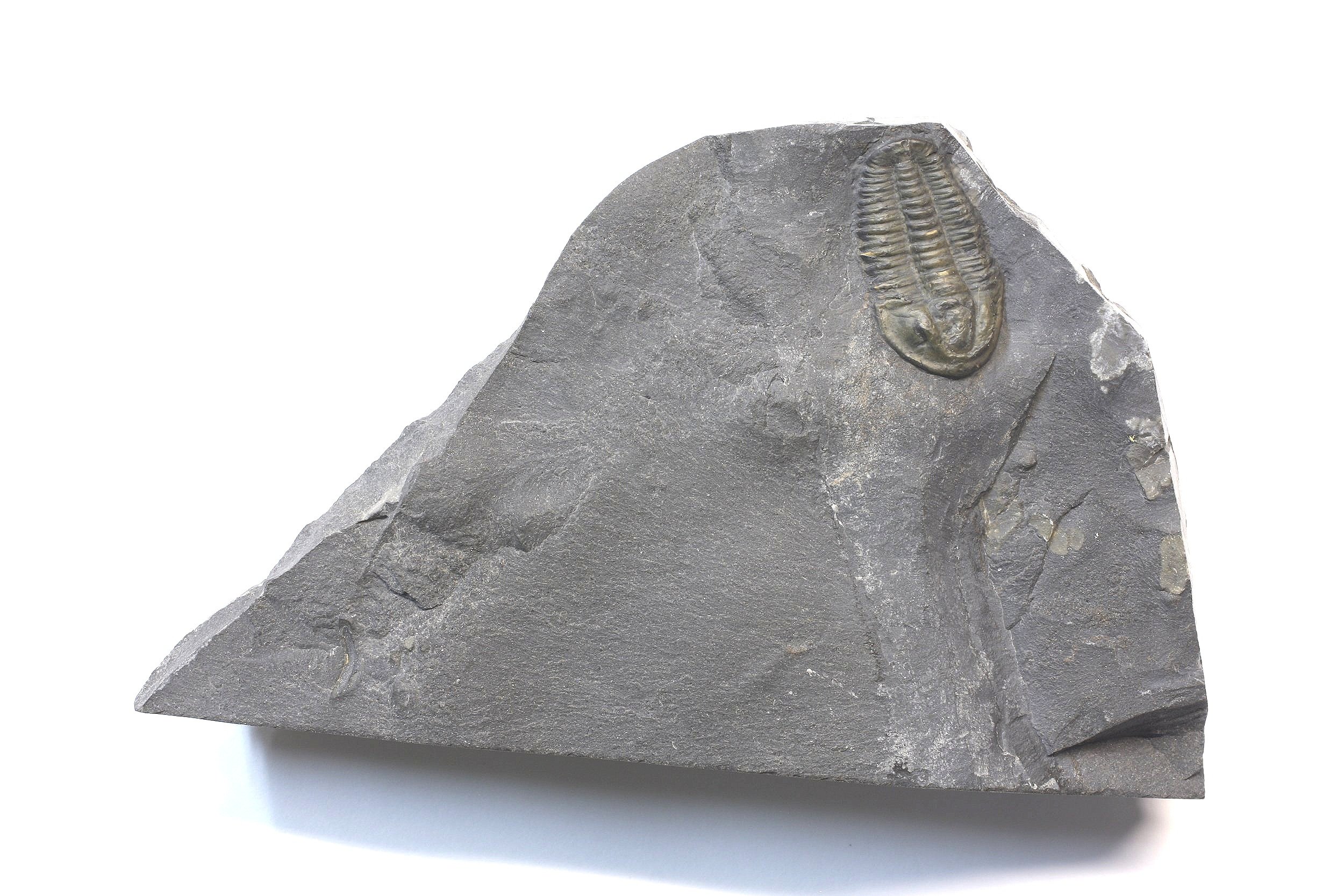 Image 5 of 7
Image 5 of 7

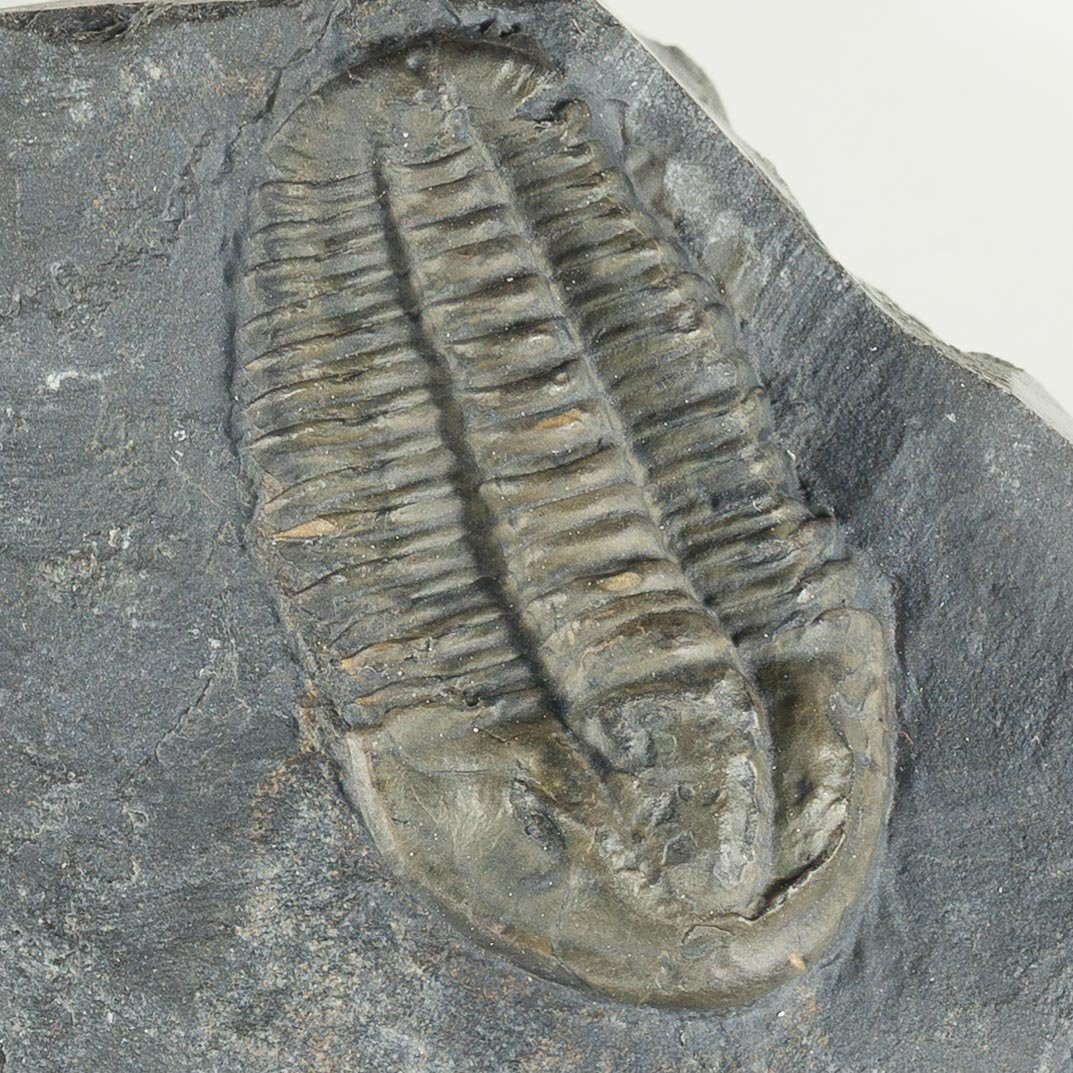 Image 6 of 7
Image 6 of 7

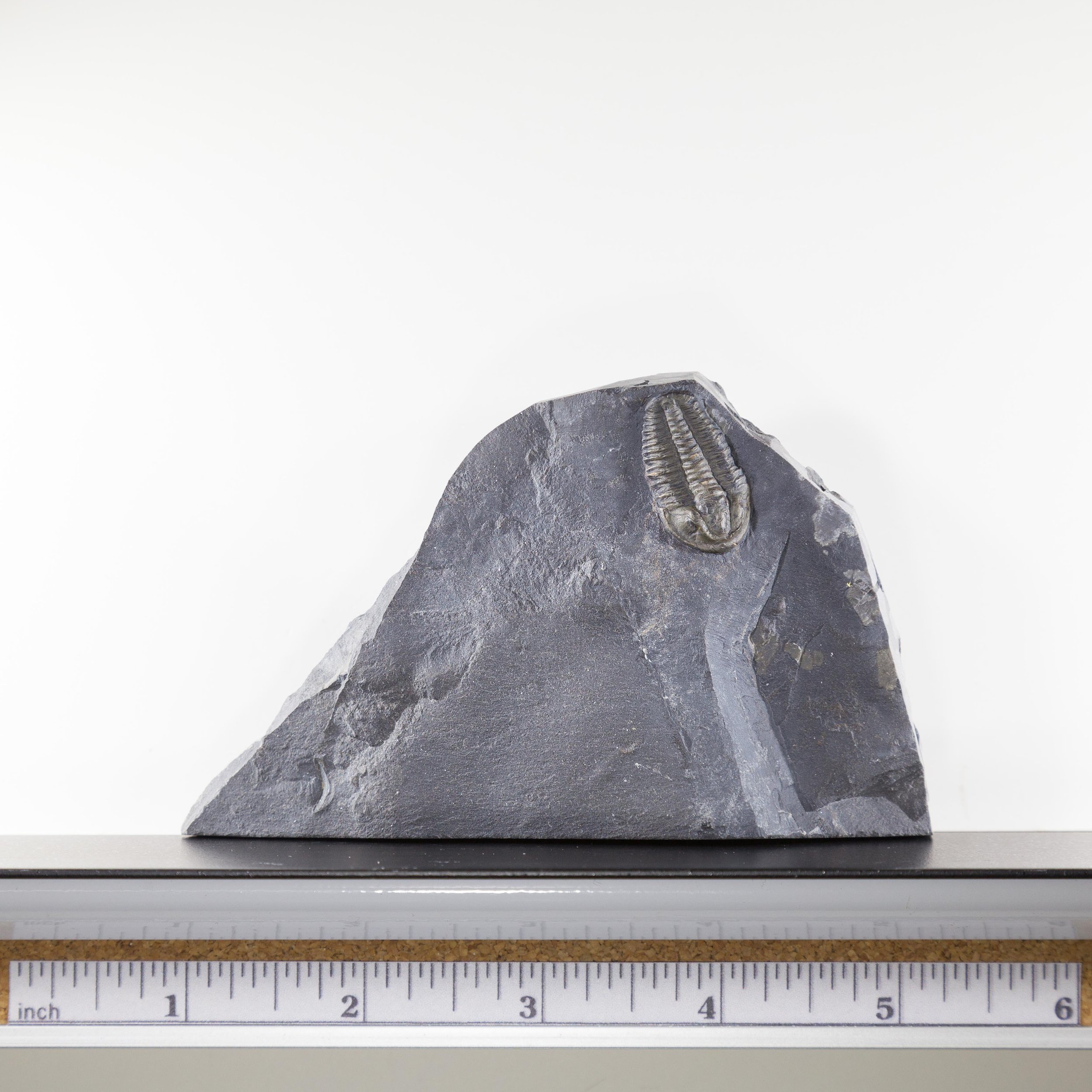 Image 7 of 7
Image 7 of 7








Modocia brevispina
Vendor: Gold Bugs
SKU Number: SQ5018315
A stellar example of a partially pyritized Modocia brevispina trilobite from the Middle Cambrian rocks of Utah. The pyrite has lent the slightly yellow/golden color to the trilobite. This lesser known Modocia species is found more commonly associated with harder rocks of the upper Wheeler Shale. This is a near perfect specimen.
Full dimensions are listed below.
Vendor: Gold Bugs
SKU Number: SQ5018315
A stellar example of a partially pyritized Modocia brevispina trilobite from the Middle Cambrian rocks of Utah. The pyrite has lent the slightly yellow/golden color to the trilobite. This lesser known Modocia species is found more commonly associated with harder rocks of the upper Wheeler Shale. This is a near perfect specimen.
Full dimensions are listed below.
Vendor: Gold Bugs
SKU Number: SQ5018315
A stellar example of a partially pyritized Modocia brevispina trilobite from the Middle Cambrian rocks of Utah. The pyrite has lent the slightly yellow/golden color to the trilobite. This lesser known Modocia species is found more commonly associated with harder rocks of the upper Wheeler Shale. This is a near perfect specimen.
Full dimensions are listed below.
Additional Information
The Wheeler Shale formation was named by Charles Doolittle Walcott. The Wheeler is a Konzentrat-Lagerstätte of soft tissued organisms preserved as carbonaceous film on calcareous shale, shaley limestone, mudstone and thin flaggy limestone.
Modocia is a member of the order: Ptychopariida, a large heterogeneous order of trilobite containing some of the most primitive species known. The earliest species occurred in the second half of the Lower Cambrian, and the last species did not survive the Ordovician–Silurian extinction event.
References:
Wheeler Shale Formation
Charles Doolittle Walcott
Ptychopariida



